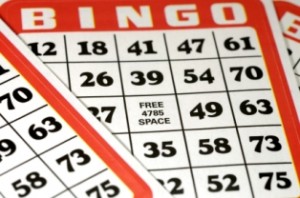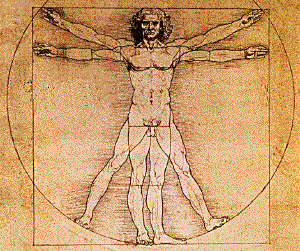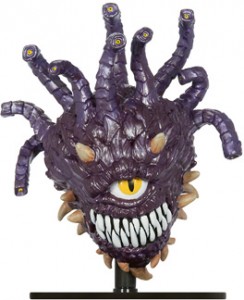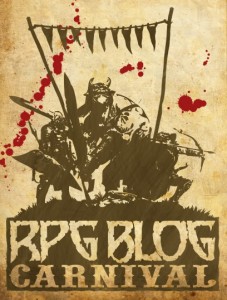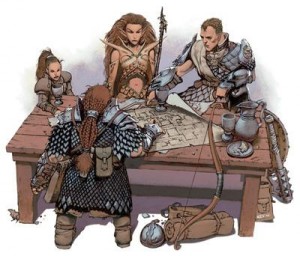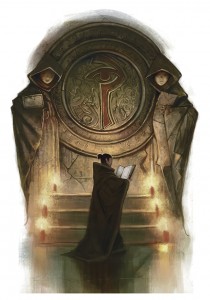On Friday we comb through our extensive archives to find an older article that we feel deserves another look. From January 7, 2011, Dungeon’s Master once again presents: How To Handle A Split Party In 5 Easy Steps.
It happens in every campaign, one player decides to go off and pursue an agenda or lead that only they understand. The player is totally focused on their objective, nothing else seems to matter. No one else at the table understands it. The DM is at his wits end to contain and control the situation. The other players are slowing losing interest and the entire adventure is about to be waylaid.
If you’ve ever sat at a table where you weren’t the player things were focused on, you know the boredom that soon sets in. The frustration at wanting to move forward, but not being able to due to the indulgence or poor planning of the DM. If you haven’t lived through this eventuality you likely haven’t been playing D&D very long, but don’t worry I’m sure it will happen to you soon enough.
In order to make this eventuality less painful for everyone, here are five steps that provide some straightforward advice on how to handle things if one or more players decide to split the party.
